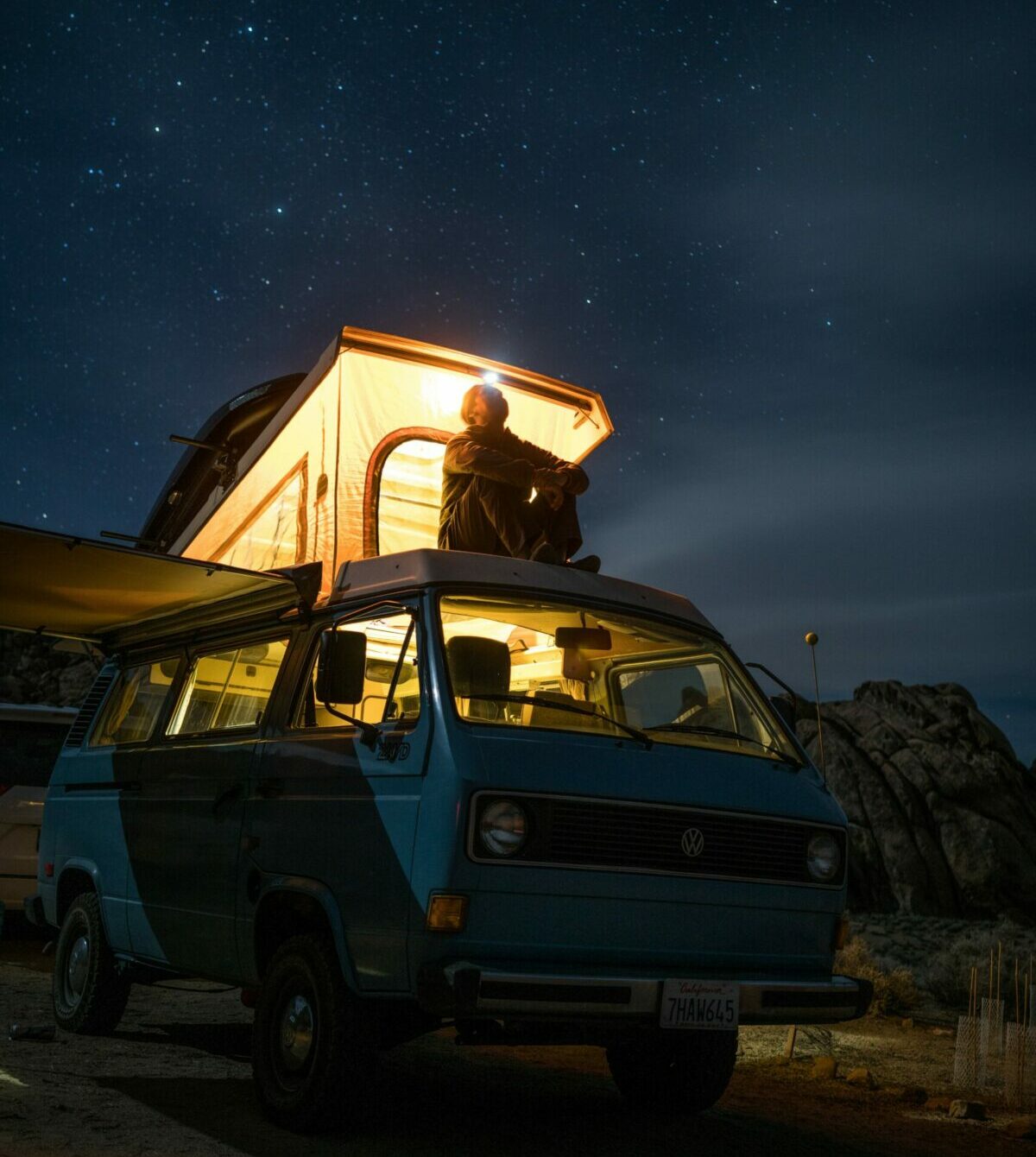Camping has its own specialized language that draws on many other outdoor activities. This camping terms guide can help you decipher common campground terms and talk like an experienced camper! Whether you are new to camping or a seasoned pro, we guarantee you’ll learn something new from this dictionary!
Boondocking
Basically, this is a term for RV campers referring to camping without hookups on National Forest or Bureau of Land Management land without electricity; often practiced within National Parks and Reserves.
Cowboy Camping
Cowboy camping involves sleeping outdoors without using a tent on long backpacking trips, offering an immersive and unforgettable experience that allows one to appreciate nature more profoundly and connect with its beauty more fully.
Camping without a tent offers limited protection from wildlife or weather elements; therefore, it is crucial that before trying it for the first time, you research thoroughly beforehand.
Caves should also be avoided, as they can harbor bears, mountain lions, and other potentially hazardous wild animals. As a safety measure, it would be wiser to use a bivvy or tarp for sleeping shelter.
Bear Bag
Bear bags are an integral component of backcountry camping gear if you plan on visiting areas where bears may be present. They also protect food and items from wildlife such as coyotes, raccoons, and chipmunks that feed off human food at night.
Be sure to hang your bear bag at least 200 feet downwind from your campsite, as bears have keen senses of smell that enable them to easily detect food sources. Odor-proof bear bags provide added layers of protection.
Billy Can
An ultralight pot used for boiling water or food over an open campfire. Also referred to as a billy tin in Canada.
Carabiner
Climbers utilize these metal ovals to hold gear and other items onto their harnesses and ropes. They’re also great for keeping snacks, sunscreen and tools within easy reach – something bent gate carabiners do especially well! Their curved designs allow more easily accepting of rope from rope slings.
Carabiners (commonly referred to as karabiners or crabs) are designed for strength in two axes – lengthwise and sideways respectively.
Double-Wall Construction
Double-Wall Construction (DWC) is an architectural method in which two layers are added on top of an interior wall framing, instead of just one as is done with single-Wall Construction (SW). This creates a stronger air/vapor barrier while attenuating noise by absorbing sound waves.
Double-Wall Construction tents provide campers with shelter from rain and insects while remaining comfortable outdoors. This allows for optimal camping experiences while staying dry.
Dry Camping
Dry Camping refers to camping without access to water, electricity and sewer services on public land outside developed campgrounds. It is especially popular in National Forest and Bureau of Land Management land and RVers may also enjoy this style of camping.
Gear Loft
A gear loft is a tent accessory used to store small equipment like backpacks and rucksacks safely off of the ground, freeing up floor space. Also referred to as a “gear garage,” such as those found on Big Agnes Copper Hotel HV UL 2 geodesic dome tent.
Giardia
Giardiasis is a potentially harmful bacteria found in untreated backcountry water that may cause stomach cramps, diarrhea and more. Learn more here about Giardiasis.
Guyline
A guyline is a rope attached to your tent that connects to stakes in the ground for stability and security, helping keep bivvy sacks/ridge tents from flailing in strong winds.
Leave No Trace (LNT)
Leave No Trace (LNT) is an outdoor philosophy and practice that encourages travelers to leave campsites, trails and wild spaces as unspoiled as they were found – including not leaving any garbage behind. It is an outdoor stewardship philosophy that allows campers to reduce their environmental impact as much as possible.
Mummy Bag
Sleeping bags featuring narrowing to a hood for conserving heat and keeping sleepers warm. They are the go-to choice for backpacking expeditions or cold-weather camping trips.
Rectangular sleeping bags don’t store heat as efficiently, but provide more room for feet and legs to stretch out more freely. In addition, rectangular sleeping bags tend to be cheaper than their mummy counterparts.
There are also semi-mummy bags with a barrel shape and no hood, ideal for people who find their mummy bags too confining but still desire their warmth.
Potable Water
Potable water refers to drinking water that meets state and federal quality standards for quality, treated for microorganisms, chemicals, viruses, and fecal matter.
Puffy
A warm yet lightweight jacket commonly worn by hikers and climbers alike, puffy jackets can often be found at outdoor retail shops as well as climbing crags! You will likely encounter them!
Rain Fly
A rain fly is an outer layer that covers tents to protect them from moisture such as rain and condensation, keeping the shelter warmer and dryer in wet environments.
This is by no means a comprehensive list! As your camping experience grows, you’ll no doubt hear these and other curious terms that will eventually make you a very seasoned camper!

